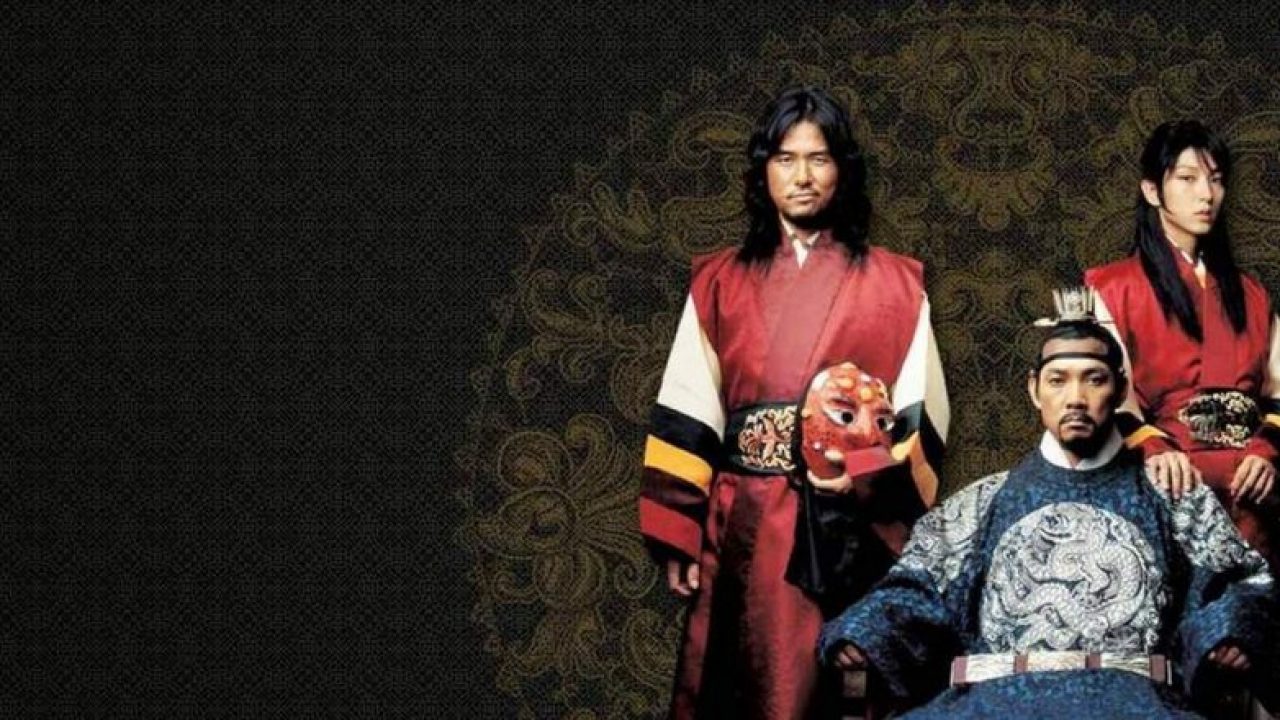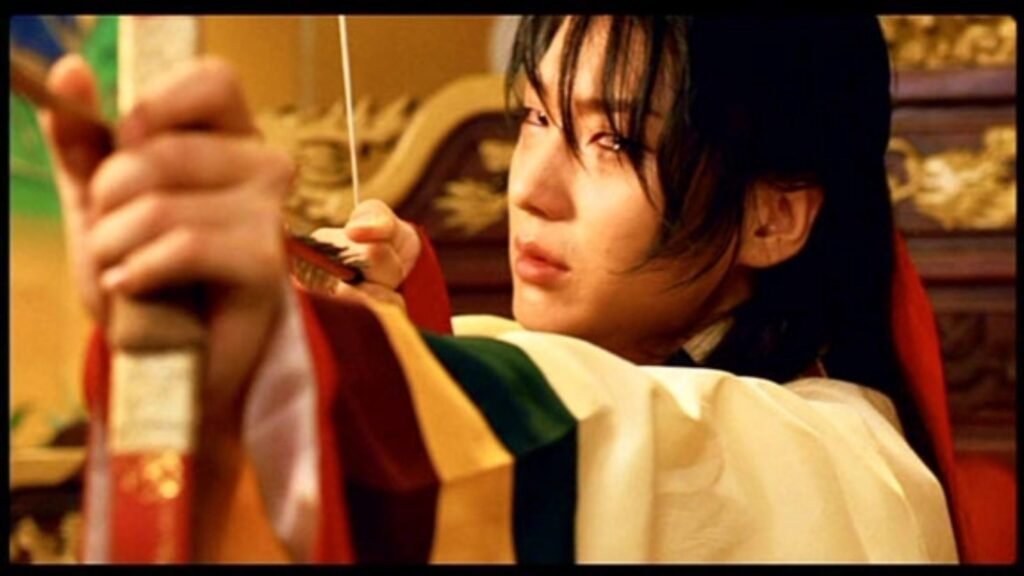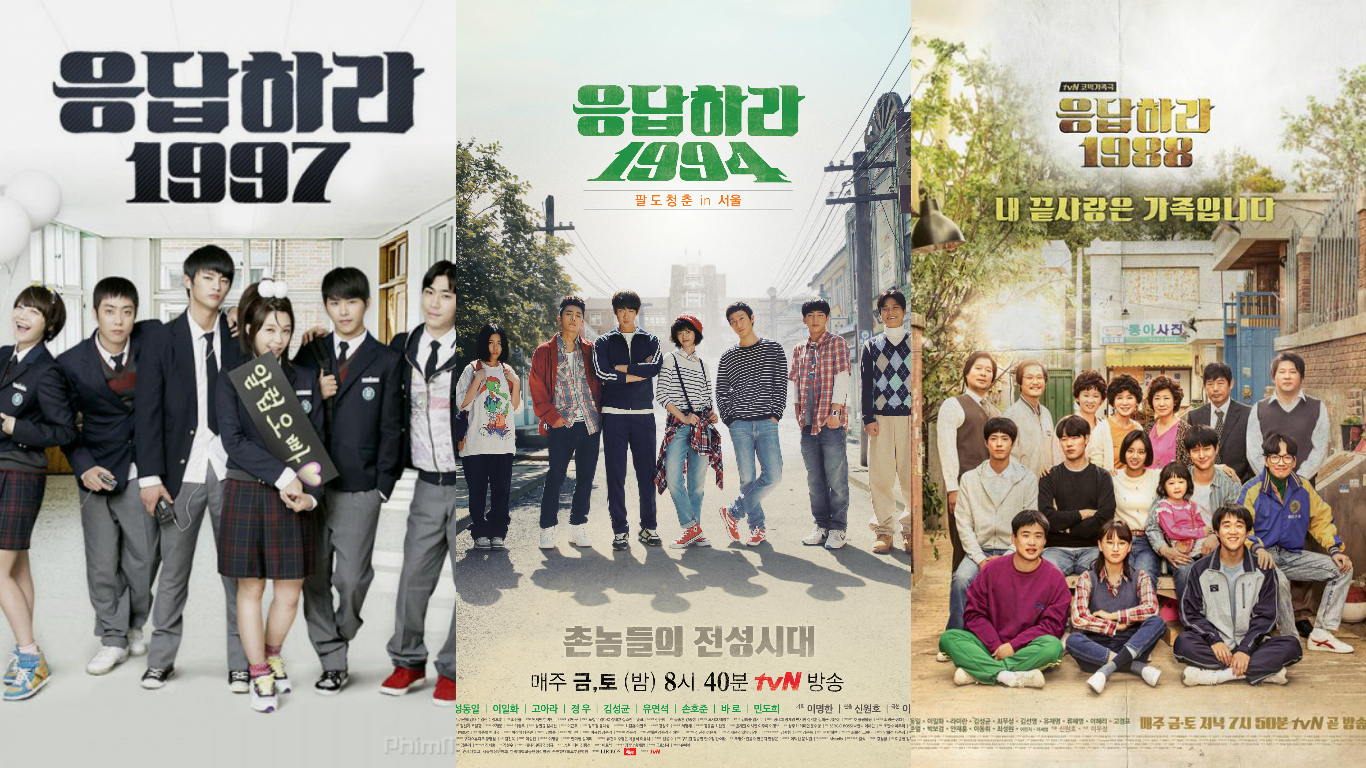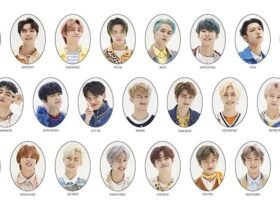No products in the basket.

For this week’s K-movie review we’re watching the 2005 hit ‘The King and The Clown’. Directed by Lee Joon-Ik, this historical drama is still one of the highest grossing Korean movies ever. It stars Kam Woo-Sung, Jung Jin-Young, and then unknown Lee Joon-Gi, who rose to mainstream stardom after this. Let’s dive in…
The King and The Clown
The story is set during the reign of Yeonsangun, the 10th king of Joseon, just before he was overthrown. Before you start feeling sorry for a victim of court machinations, let me just stop you right there. This man was the literally worst king in the Joseon Dynasty, and quite possibly in Korean History.
Now, in case you’re not well-versed in Korean history specifics, the movie’s got you covered; During the opening scene, it recounts certain important facts about Yeonsangun, to loop the audience in. So, while we’re establishing the ‘king’ part, we are also seeing a comedic performance by a minstrel troupe. There, we have our ‘clowns’.
The premise
Jang-Saeng (Kam Woo-Sung) and Gong-Gil (Lee Joon-Gi) are walking on a tightrope while performing a vulgar skit. They’re like a yin and yang of complimentary energies; Jang-Saeng is masculine, bold and audacious, while Gong-Gil is feminine, quiet, meek, and due to his exceptional beauty, specializes in female roles. Adding one more sidenote here, vulgarity and comedy have gone hand in hand since ancient times, particularly in folk entertainment such as minstrel performances. And hey, if sex jokes had a place in Aristophanes, we ain’t really gonna call these guys out.
After getting in a row with their manager for trying to prostitute Gong-Gil to horny old men, the two take off. They decide to go to the capital, where they quickly take over a local troupe. The plan? Make fun of the king. A bold and risky move, that naturally lands them in hot water sooner rather than later. To avoid being killed for their insolence, they make a deal with the king’s Chief eunuch; If they can make the king (Jung Jin-Young) laugh, they go free.
The plan almost fails until one quick improvisation by Gong-Gil and Jang-Saeng has the king bursting into laughter. The jesters are to stay in the palace and perform, leaving the court dumbfounded. Yeongsangun quickly takes a liking to Gong-Gil, to the annoyance of his concubines, Jang-Saeng, and his ministers.
The history
One of the best parts of the film was how it entwined the performances of the clowns with Yeonsangun’s violent outbursts. That’s the thing; All those acts, like cutting of his minister’s fingers for taking bribes, or killing his father’s concubines – are historical fact. As is, surprisingly, Gong-Gil. Albeit briefly, he was mentioned as the king’s favourite court jester. The play this movie was based took inspiration from said reference.
I found the character of Choseon, the Chief eunuch who brings in the clowns, particularly interesting. He has such a small part, yet his role in the story is central. The movie treats him far more kindly than Yeonsangun did.
It also takes an interesting look at Yeonsangun himself; We at once both clearly see him as tyrant, yet we’re initially lead to view him more sympathetically through Gong-Gil. It soon becomes clear that he’s cruel and unhinged, but the movie doesn’t portray him as this one-dimensional persona.
LGBT representation?
Obviously, we cannot discuss ‘The King and The Clown’, without looking at the homosexual relationships that are so central to it. It’s still surprising that a 2005 Korean movie, a historical drama even, had any gay in it in the first place. Bit first, a disclaimer; I am by no means an expert, or nearly sufficiently equipped to make a proper analysis of queer representation -the below is merely my own opinion.
On the one hand, we have the abusive, explicit (to a degree) relationships – from the rich men wanting to buy Gong-Gil, to the King who lusts after him. This idea of ‘forbidden desire’ is prevalent. On the other, the pure; Jang-Saeng and Gong-Gil are clearly in love, yet this remains unspoken and could be passed as a deep friendship. This is what I felt was problematic. Why “show” only the negative homosexual interactions, but keep a real love story between two peers implicit and for the viewer to assume? I am just not sure this was healthy representation.’ That said, even unspoken, the bond between Jang-Saeng and Gong-gil was powerful and moving.

The verdict
Jung Jin-Young as Yeonsangun is absolutely mesmerizing. He shifts from an unhinged tyrant, to a curious and creative man, a petulant child, a sharp ruler, and a pitiful soul that inspires compassion. He takes us on a journey inside his character’s psyche with his nuanced performance. Kam Woo-Sung was also excellent as Jang-Saeng. And of course, it’s no wonder this movie launched Lee Joon-Gi; For a role that seems based on his pretty face, he does a whole lot of great acting to back it up.
The King and The Clown also boasts an absolute gem of a theme song, in Lee Sun Hee’s ‘Fate‘. It also inspired Ahn Ye Eun to write ‘Red Ties’, which, after watching the film, totally makes sense.
It’s well-written and directed, and I was engrossed immediately. As I mentioned earlier, I loved how the many layers and emotions of the story were entwined; the jealousy, the friendship, the love, and yes, even the violent murders.
When it was released, it was a huge hit and became the most successful Korean movie ever (at the time). This was especially surprising considering the movie’s relatively small budget, and of course, the theme. I think if you’re a K-movie fan, this should definitely be on your watchlist. It was so massive that it would be considered a gap not to have seen this.
What’s your reaction?
Love1
Sad0
Happy0
Angry0
Wink0










Leave a Reply